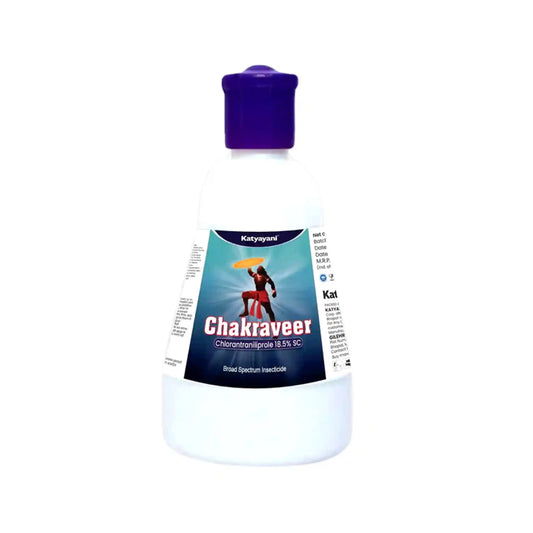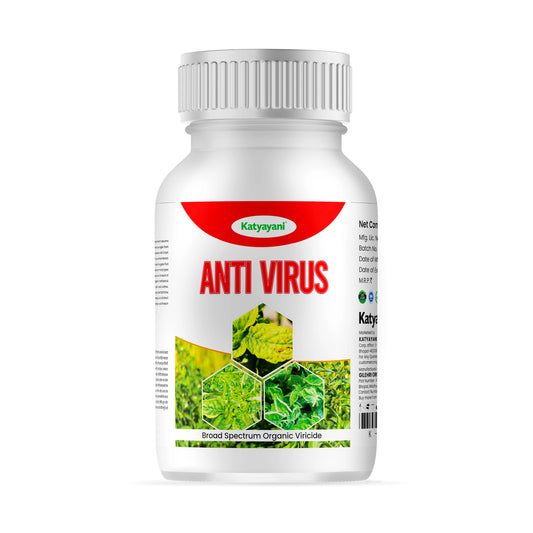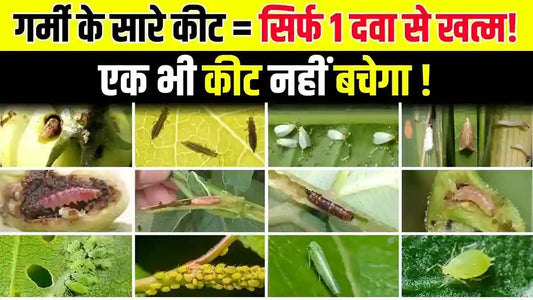Powdery mildew is a fungal disease that can affect a wide range of plants, including black gram. It is caused by the fungus Erysiphe polygoni, which forms a white powdery growth on the leaves, stems, and pods of the plant. It is caused by several different species of fungi, but all share the same characteristic white powdery growth on the surface of leaves, stems, flowers, and fruits. While it is not usually fatal to plants, it can stunt their growth, reduce yields, and make them less aesthetically pleasing.

- Type of Infestation: Disease
- Common Name: Powdery Mildew
- Scientific Name: Erysiphe polygoni
- Affected Parts Of the plant: Leaves, Stem, Petioles
Identification:
- White powdery growth: Look for white, powdery patches on the upper and lower surfaces of leaves, stems, and pods. These patches may start small and round, eventually merging to cover larger areas.
- Leaf distortion: Infected leaves may become yellowed, stunted, and curled. In severe cases, they may even drop prematurely.
- Reduced pod formation: Powdery mildew can hinder pod development, leading to fewer and smaller pods, ultimately impacting yield.
Environmental favorable factors for pests/Diseases:
- Temperature: The fungus Erysiphe polygoni causing powdery mildew prefers cool temperatures, typically between 18°C - 25°C (64°F - 77°F). However, initial infection can occur at slightly higher temperatures (up to 30°C, 86°F).
- Humidity: High relative humidity (above 70%) is crucial for powdery mildew development and spore dispersal. The water droplets on leaves provide a moist environment for fungal growth and spore germination.
Symptoms of Pest/Disease:
Small, white powdery spots on the upper surface of the leaves, sometimes on both surfaces
- The spots grow and merge together, covering the entire leaf surface
- Leaves may become yellow and distorted
- Premature defoliation (leaves falling off)
- Reduced pod formation and yield
Measures to control Pests/Diseases:
|
Products |
Technical Names |
Dosages |
| Hexaconazole 5 % SC |
200-250 ml per acre |
|
|
Thiophanate Methyl 70% WP |
250-600 grams per acre |
|
|
Sulphur 80 % wdg |
750 to 1000 grams per acre |
|
|
Azoxystrobin 11.00 % Tebuconazole 18.30 % SC |
300 ml/ Acre |
FAQs related to powdery mildew in green gram
Q. What is powdery mildew in green gram?
A. Powdery mildew of green gram is caused by Erysiphe polygoni. It affects leaves, stems, and pods, reducing yield and plant growth.
Q. How to control powdery mildew in green gram?
A. Use Katyayani Hexa 5 Plus, KTM, and Sulvet to control powdery mildew of green gram. Apply per recommended dosages for effective results.
Q. What are the symptoms of powdery mildew in green gram?
A. Powdery mildew of green gram shows white, powdery spots on leaves, yellowing, and stunted growth, leading to reduced yield.
Q. What causes powdery mildew in green gram?
A. The causal organism of powdery mildew in green gram is Erysiphe polygoni, a fungus that affects leaves and stems, stunting growth and reducing yield.
Q. How to prevent powdery mildew of black gram?
A. For powdery mildew control measures in black gram, use Katyayani Sulvet and Hexa 5 Plus to control the fungus and prevent yield loss.




















